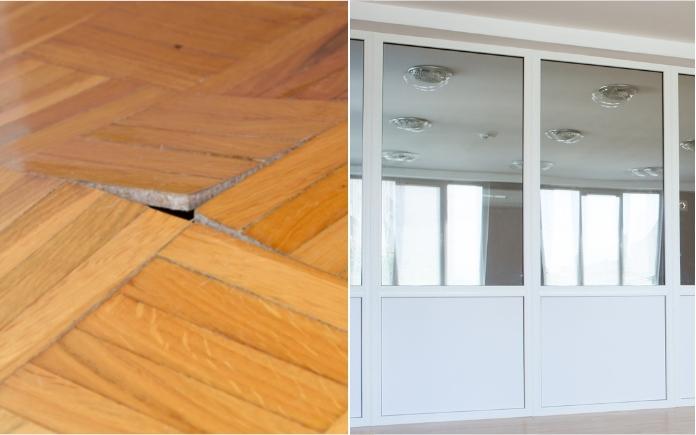Ask Danny | Ep. 9: Building a Barndominium
Today’s Homeowner TV host Danny Lipford and Marc Ingram, production manager for Today’s Homeowner Media and 3 Echoes Content Studio. (3 Echoes Content Studio) In this week’s Ask Danny, I’m talking with Marc Ingram about building a barndominum. Marc manages production for the ’Today’s Homeowner’ TV show, radio show and podcast, plus projects for our … Read more










